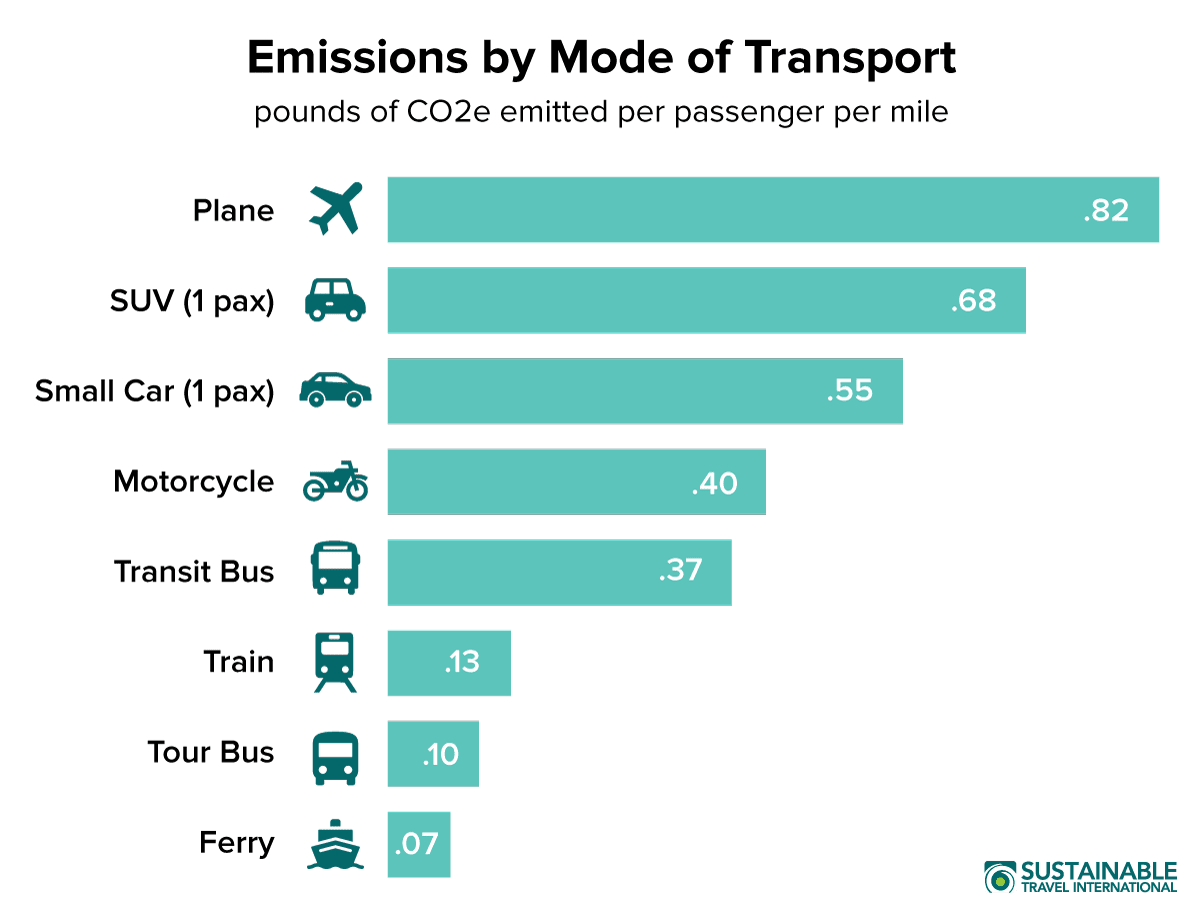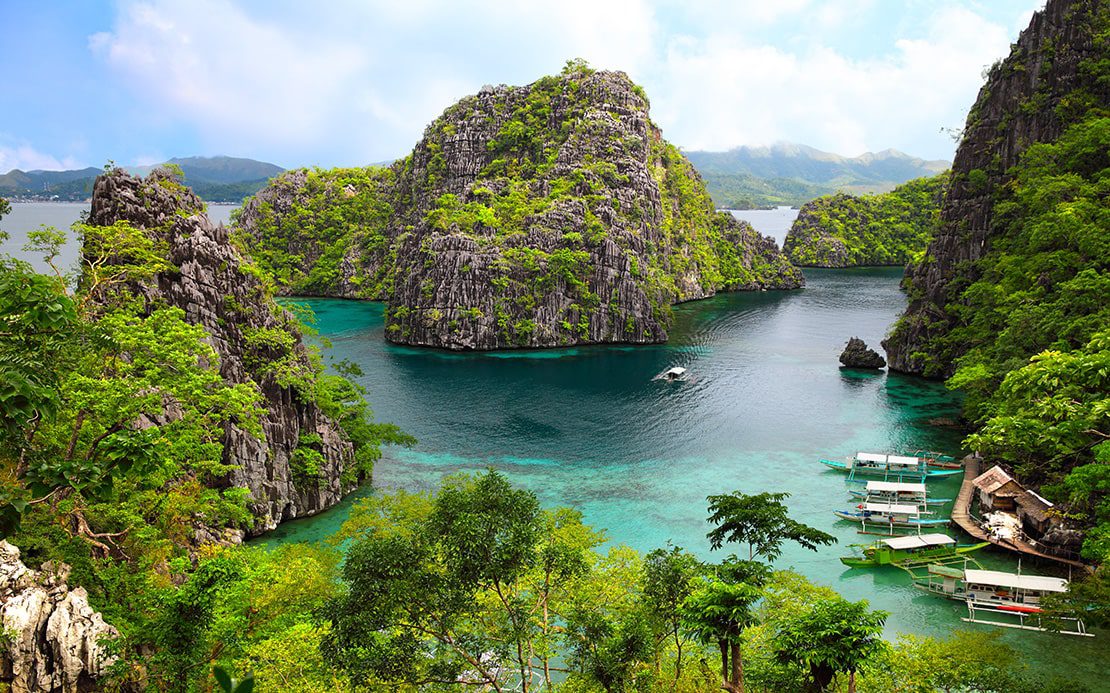This article discusses the relationship between carbon offsetting and eco-tourism. It explains that carbon offsetting is a method used in eco-tourism to mitigate the negative impact of travel-related carbon emissions. Travelers calculate their carbon footprint and then invest in projects that reduce or remove an equivalent amount of greenhouse gases from the atmosphere. Carbon offsetting is important in eco-tourism because it helps minimize the environmental impact of travel activities and allows tourists to take responsibility for their emissions. It also raises awareness about climate change, promotes responsible tourism practices, and contributes to community development and poverty alleviation.
Key Takeaways:
- Carbon offsetting is a strategy used in eco-tourism to mitigate the environmental impact of travel and tourism activities.
- It involves investing in projects that reduce or remove greenhouse gas emissions, such as renewable energy projects or reforestation initiatives.
- While carbon offsetting can help to neutralize the carbon footprint of a trip, it should not be seen as a substitute for reducing emissions at the source.
- When choosing a carbon offset project, it is important to consider its credibility and additionality, ensuring that it actually leads to additional emission reductions.
- Eco-tourists should also prioritize other sustainable practices, such as choosing low-impact transportation options and supporting local communities and conservation efforts.
Understanding Carbon Offsetting and its Relation to Eco-Tourism
Eco-tourism is a form of tourism that focuses on sustainable practices, environmental conservation, and community development. Carbon offsetting plays a crucial role in eco-tourism by helping to mitigate the negative impact of travel-related carbon emissions. It involves calculating the carbon footprint generated during a trip and then investing in projects that reduce or remove an equivalent amount of greenhouse gases from the atmosphere.
Carbon offsetting is closely linked to eco-tourism because it allows travelers to take responsibility for their carbon emissions while enjoying nature and cultural experiences. By participating in carbon offset programs, tourists can contribute to projects that promote renewable energy, reforestation, energy efficiency, or waste management. This helps support local communities and biodiversity conservation efforts while reducing the overall carbon footprint of the tourism industry.
The Importance of Carbon Offsetting in Eco-Tourism
Carbon offsetting is essential in eco-tourism as it helps minimize the environmental impact of travel activities. The tourism industry contributes significantly to global carbon emissions due to air travel, accommodation energy consumption, transportation, and waste generation. By engaging in carbon offsetting initiatives, eco-tourists can neutralize their own carbon emissions and support sustainable development in the destinations they visit.
In addition to reducing greenhouse gas emissions, carbon offsetting also raises awareness about climate change among tourists. It encourages them to make more conscious choices regarding their travel behavior and promotes responsible tourism practices. Moreover, by supporting local projects through carbon offsets, eco-tourists can contribute directly to community development and poverty alleviation.
Exploring How Carbon Offsetting Works in the Tourism Industry
In the tourism industry, carbon offsetting works by calculating the amount of CO2 emitted during various travel activities such as flights, accommodation, and transportation. This is done using established methodologies and carbon calculators that consider factors like distance traveled, vehicle type, energy consumption, and waste generation.
Once the carbon footprint is determined, eco-tourists can choose to offset their emissions by investing in certified carbon offset projects. These projects can include renewable energy installations like wind farms or solar power plants, reforestation initiatives, methane capture from landfills or livestock farms, or energy efficiency programs in local communities.
When tourists purchase carbon offsets, the funds go towards these projects which reduce greenhouse gas emissions or remove CO2 from the atmosphere. This helps to compensate for the emissions generated during their trip and contributes to global efforts to combat climate change. The effectiveness of carbon offsetting in the tourism industry relies on accurate measurement of emissions and ensuring that the offset projects adhere to recognized standards and certifications.
The Benefits of Implementing Carbon Offsetting in Eco-Tourism
Implementing carbon offsetting in eco-tourism offers several benefits for both travelers and local communities:
1. Environmental Conservation:
- Carbon offsetting helps reduce greenhouse gas emissions associated with travel activities, contributing to global climate change mitigation efforts.
- It supports projects that promote renewable energy sources, reforestation, and sustainable land use practices.
- This leads to improved air quality, biodiversity conservation, and ecosystem restoration in tourist destinations.
2. Sustainable Development:
- The funds generated through carbon offsets support local communities by creating employment opportunities in green industries such as renewable energy installation or sustainable agriculture.
- These projects also provide access to clean energy sources for rural communities and contribute to poverty alleviation.
- Carbon offsetting promotes responsible tourism practices, encouraging tourists to engage in sustainable activities and support local businesses.
3. Education and Awareness:
- By participating in carbon offset programs, tourists become more aware of their environmental impact and learn about climate change mitigation strategies.
- This knowledge can be shared with others, promoting a culture of sustainability and inspiring more individuals to take action.
- Eco-tourism operators can educate their guests on the importance of carbon offsetting and encourage them to make informed choices during their trip.
Successful Examples of Carbon Offsetting Projects in Eco-Tourism
1. Reforestation Initiatives
One successful example of a carbon offsetting project in eco-tourism is the implementation of reforestation initiatives. These projects involve planting trees to absorb carbon dioxide from the atmosphere, thereby offsetting the emissions produced by tourists and travel activities. For instance, in Costa Rica’s Osa Peninsula, a reforestation project was established where tourists can actively participate in planting trees during their eco-tourism experiences. This not only helps to mitigate climate change but also provides an educational and engaging activity for visitors.
2. Renewable Energy Installations
Another successful carbon offsetting project in eco-tourism involves the installation of renewable energy systems within accommodations and tour operators’ facilities. By utilizing solar panels, wind turbines, or other clean energy sources, these establishments can reduce their reliance on fossil fuels and decrease their carbon footprint. An example of this is the Soneva Fushi resort in the Maldives, which has implemented a solar power system to generate electricity for its operations while providing guests with a sustainable and eco-friendly experience.
Challenges and Limitations of Carbon Offsetting in Eco-Tourism
1. Additionality Issues
A major challenge faced by carbon offsetting projects in eco-tourism is ensuring additionality – that the emissions reductions achieved would not have occurred without the offset project. It can be difficult to accurately measure and verify whether a specific project truly leads to additional emission reductions beyond what would have happened naturally or through other means.
2. Lack of Standardization
The lack of standardized methodologies and criteria for measuring and verifying carbon offsets poses another challenge for eco-tourism. Without consistent guidelines, it becomes challenging to compare and evaluate the effectiveness and credibility of different offset projects. This can lead to confusion among tourists and hinder the growth of carbon offset practices within the industry.
Active Participation in Carbon Offsetting Initiatives during Eco-Tourism Experiences
1. Engaging Tourists in Conservation Activities
One way to encourage active participation in carbon offset initiatives during eco-tourism experiences is by engaging tourists in conservation activities. This can include tree planting, beach clean-ups, or wildlife monitoring programs. By involving tourists directly in these activities, they gain a deeper understanding of the environmental impact of their travels and feel a sense of contribution towards mitigating climate change.
2. Providing Education and Awareness
An essential aspect of promoting active participation in carbon offset initiatives is providing education and raising awareness about the importance of reducing emissions and supporting offset projects. Tour operators and accommodations can organize workshops, presentations, or guided tours that highlight the positive impacts of carbon offsetting on local communities and ecosystems. This helps tourists make informed choices and actively engage in sustainable practices during their eco-tourism experiences.
The Role of Tour Operators and Accommodations in Promoting Carbon Offset Practices within Eco-Tourism
1. Collaboration with Carbon Offset Providers
Tour operators and accommodations play a crucial role in promoting carbon offset practices by collaborating with reputable carbon offset providers. By partnering with organizations that specialize in measuring, verifying, and implementing offset projects, tour operators can offer reliable options for their customers to compensate for their travel emissions effectively.
2. Integration into Travel Packages
To encourage widespread adoption of carbon offset practices within eco-tourism, tour operators can integrate carbon offsets into their travel packages. This can involve including the cost of offsetting emissions in the overall trip price or offering optional carbon offset add-ons that allow tourists to directly contribute to offset projects. By making carbon offsetting a seamless part of the travel experience, tour operators can make it easier for tourists to participate and support sustainable practices.
Certifications and Standards Ensuring Credibility and Effectiveness of Carbon Offset Programs in Eco-Tourism
1. Verified Carbon Standard (VCS)
The Verified Carbon Standard is a widely recognized certification program that ensures the credibility and effectiveness of carbon offset programs in eco-tourism. Projects certified under VCS undergo rigorous assessment and verification processes to ensure they meet specific criteria related to additionality, permanence, leakage, and monitoring. By choosing VCS-certified projects, eco-tourists can have confidence in the legitimacy of their chosen carbon offsets.
2. Gold Standard
The Gold Standard is another reputable certification program that guarantees high-quality carbon offsets in eco-tourism. It goes beyond just reducing emissions by also promoting sustainable development goals such as poverty reduction, biodiversity conservation, and community engagement. The Gold Standard ensures that offset projects deliver measurable benefits beyond carbon mitigation alone, providing a comprehensive approach to sustainability within the tourism industry.
In conclusion, carbon offsetting plays a crucial role in eco-tourism by allowing travelers to mitigate their environmental impact. By understanding the concept and considering reputable offset projects, individuals can contribute to sustainable travel practices and help preserve the natural beauty of destinations for future generations.
What is carbon offsetting in tourism?
Carbon offsetting involves reducing carbon dioxide or greenhouse gas emissions as a way to counterbalance or compensate for emissions produced elsewhere. Individuals can offset the carbon emissions from their plane flights, ground transportation, and other activities by purchasing carbon credits. This allows them to offset the environmental impact of their actions.
What is the biggest problem with carbon offsetting?
Although forest protection is intended to be mutually beneficial for biodiversity and climate, it can often have negative consequences. This is because carbon offsets allow for the continuation of emissions, which worsens global warming and poses a threat to not only forests but all natural ecosystems.
What is the need for carbon offsets?
Carbon offsetting is made feasible by the fact that climate change is not limited to specific areas. Greenhouse gases are evenly distributed in the atmosphere, meaning that reducing them in any location helps protect the climate as a whole. However, certain activities that result in greenhouse gas emissions may also produce other pollutants that have localized effects.
What is an example of carbon offsetting?
Examples of common projects include activities such as reforesting areas, constructing renewable energy sources, implementing carbon-storing agricultural methods, and managing waste and landfills. Reforestation, in particular, is a highly sought-after project for generating carbon offsets.
What is carbon offsetting in simple words?
A carbon offset refers to the act of reducing or eliminating carbon dioxide emissions or other greenhouse gases as a way to offset or compensate for emissions produced in another location.
How are carbon offsets created?
While carbon offsets may seem complicated in practice, they are actually quite straightforward in theory. When you create a project that reduces carbon dioxide emissions, each ton of emissions reduced creates one carbon offset. These offsets can then be sold by project developers to fund their projects.





